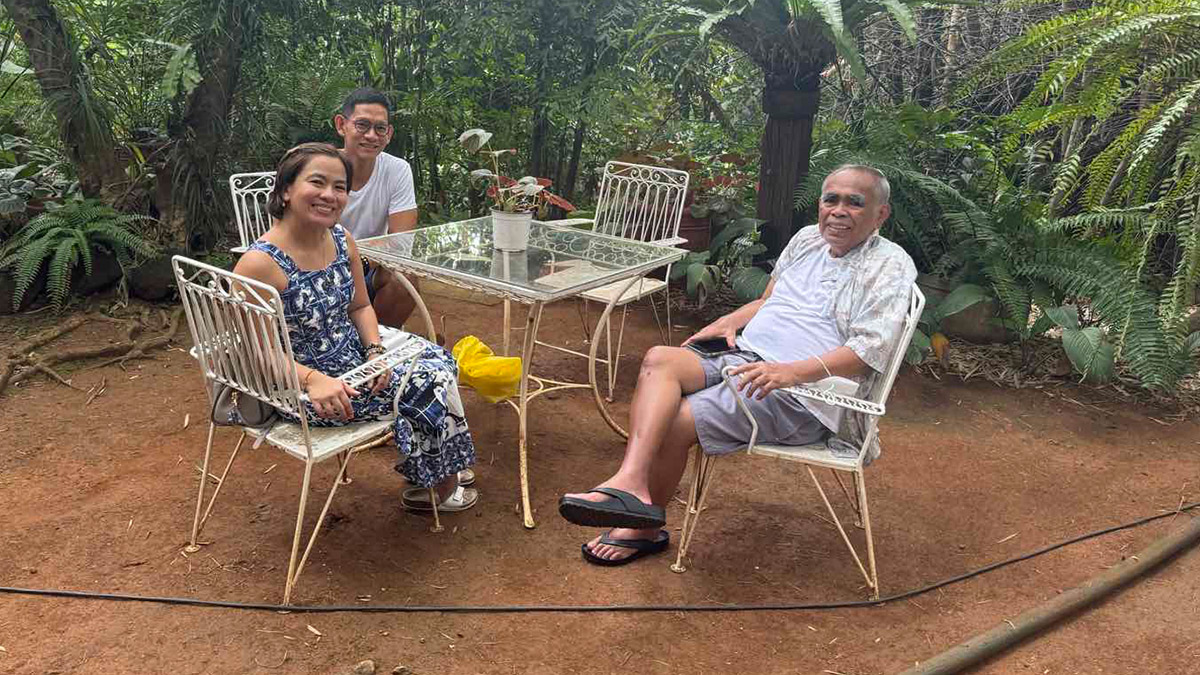In 1965, my mother Nora Daza wrote a Philippine cookbook which became a bestseller.
The yellow-colored softbound volume has become a cooking bible to many Filipino homes. It’s a favorite gift given by mothers to their newlywed daughters, or for families whose wives don’t cook but have moved abroad and are compelled to learn to cook.
I have spoken to hundreds of people whose copies of the cookbook are mostly worn out, or no longer look like the original slim volume—the pages have become thicker with drippings of soy sauce, flour, patis and other kitchen ingredients.
But while I think it has sold over 500,000 copies, it was temporarily taken off the shelf at National Book Store because my siblings, Nina in particular, and I wanted to kitchen-test each recipe and update them with new ingredients, as well as in the context of new cooking equipment.
Ingredients like oyster sauce, sesame oil and hoisin sauce, among others, were not around or prominent when the book was written.
Equipment such as turbo broilers, microwaves and grills are new additions to our everyday kitchen life.
If the schedule is followed, the revised book should be out by May this year.
Dipped in water
One really useful piece of kitchen equipment I just recently learned to operate is the sous vide machine. It is a cooking vessel that is dipped in water.
You set the temperature at a certain degree and drop the plastic-wrapped food to be cooked, and leave it for a few hours.
The water becomes the temperature you set, and the food being cooked adapts to the temperature of the water. The beauty of this method is that the food is cooked only at the preset temperature.
For example, I did a roast prime rib dinner for a TV shoot of Tim Yap’s table. The dinner was at 7 p.m. At 9 a.m. at home, I put a 4-kg prime-grade beef roast inside a plastic bag. I set the temperature at 135°F. I let it stay there for about six hours.
I then made my mashed potatoes, the rub for the roast and the au jus it was going to be served with. I drained the water and left for the shoot.
As soon as I got to Tim’s house, I put water again and set it at the 135°F temperature.
At 6:30 p.m., I took out the beef, pat-dried it and brushed my rub all over the medium-rare cooked beef. I set the oven to 400°F and high-roasted the beef for 25 minutes, just to seal and color the outside.
The outside layer developed a crust all over, while the entire roast was a perfect medium rare. The beef was perfectly cooked with a nice dark crust outside.
If this were done the traditional way and baked in an oven, the outside layer would be well done, while the inside would be medium rare.
You may cook perfect eggs, chicken, pork or whatever you like and get a perfect internal temperature throughout. I even use the sous vide machine to tenderize pork belly or beef. Shrinkage is much less.
Chef Jyn Ngo once lent me a sous vide machine, and at first I was intimidated to use it. A friend showed me the principle behind it, and I have been using it since.
All kitchens must have a sous vide machine. When it first came out in stores, the machine and the container were outrageously expensive, something like P50,000. Today, you may find it at S&R for a little over P4,000.
I recommend the brand Tylr Sous Vide Precision Cooker. Look it up on YouTube to learn how to use it.
Japan food tour to Fukuoka/Hiroshima/Osaka, May 26-31. E-mail [email protected].













































